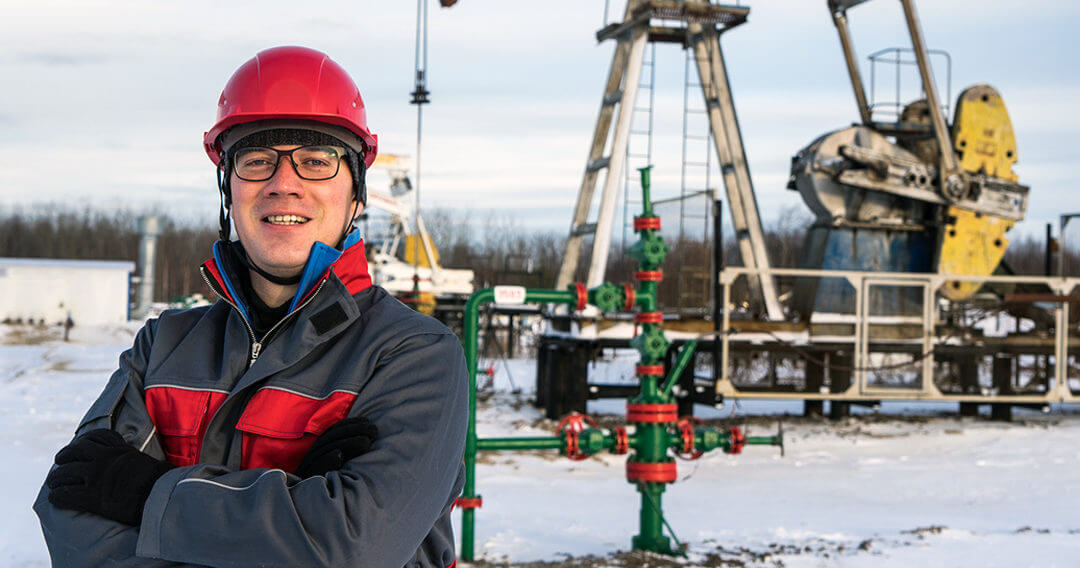From electrical work to plumbing, there are times when workers may be sent out on site alone. Consider a wind turbine maintenance technician, or a gas line worker. They may be called upon to do routine but nevertheless potentially dangerous work.
Employers need to find ways to protect their employees if they want to keep them safe.
Are You Keeping Your Employees Safe?
Not every worker has the benefit of working with peers. Some are lone workers who do their jobs alone or with little interaction from coworkers. Contractors, field workers, home health care nurses, social workers, realtors and fleet drivers are just a few examples of lone workers. It is estimated that Canada, the United States and Europe have 53 million lone workers combined; approximately 15 percent of the overall workforce. IDC estimates 1.3 billion people are considered mobile workers, many of whom work alone all or part of their day.
When workers take on this type of risk, it’s important that employers engage in the right safety measures. Workers need the right processes and protocols to protect themselves.
Types of Risk Faced by Lone Workers
Lone workers can get injured and not have help to call. Because they are working alone, they aren’t going to have someone to notice safety-related issues that occur, such as problems with a harness. They also can’t follow more advanced safety protocols which might include having someone else to monitor and potentially rescue them.
Everyone makes mistakes from time to time. Another worker can help to hold someone accountable if they aren’t following the correct processes. Another worker may also notice additional safety-related issues.
Legalities and Regulations Around Lone Workers
Despite the risks inherent to working alone, there is nothing specific in general legislation that prohibits a person from working alone. Section 19 of the Safety, Health and Welfare at Work Act 2005 requires the employer to undertake a risk assessment, and that review determines whether or not someone may work alone.
Therefore, in general, an employer must assess whether a worker is at significantly higher risk when working alone. However, employers must be aware of any specific legislation on lone working, which may be applicable to their specific industry, e.g. supervision in diving operations, vehicles carrying explosives.
In particular, heights tend to be very dangerous for lone workers. And if lone workers are placed in danger, there must be measures taken to ensure that they are able to assess and react to that danger.
Improving the Safety of Lone Workers
The best way to improve the safety of workers is really to avoid having a lone worker whenever possible, especially for jobs with a recognized risk.
Even trucking jobs are starting to avoid lone workers by creating a buddy system and ensuring that people work as a team rather than alone. Two sets of eyes and pairs of hands is always preferable.
However, when lone work cannot be avoided, there should be a clear plan in place to protect the lone worker.
What is the Response Plan to an Emergency?
Plan ahead. What must a worker carry and have available? How often should check-ins happen? When will a supervisor reach out or check in? How are employees who are injured going to receive help and treatment when they are injured? Risks and worst case scenarios must be planned for in advance.
Lone worker should not mean ‘alone’ worker – communication is an essential element of lone worker safety. Safety software and safety management software suites can be used to better assess potential danger and to react to risks before they occur.
Ultimately it is the employer’s responsibility to make sure that lone workers are protected and that there are processes and technology in place to protect them. Employers can set workers up for success by ensuring they have the resources and time necessary to protect themselves.
Anvl is purpose-built safety software that distributes the responsibility for safety and provides an outlet for remote supervision, guidance, and communication between worker and supervisor. Supervisors can monitor and respond to questions or concerns in real-time, enabling lone workers to get the job done safely.


